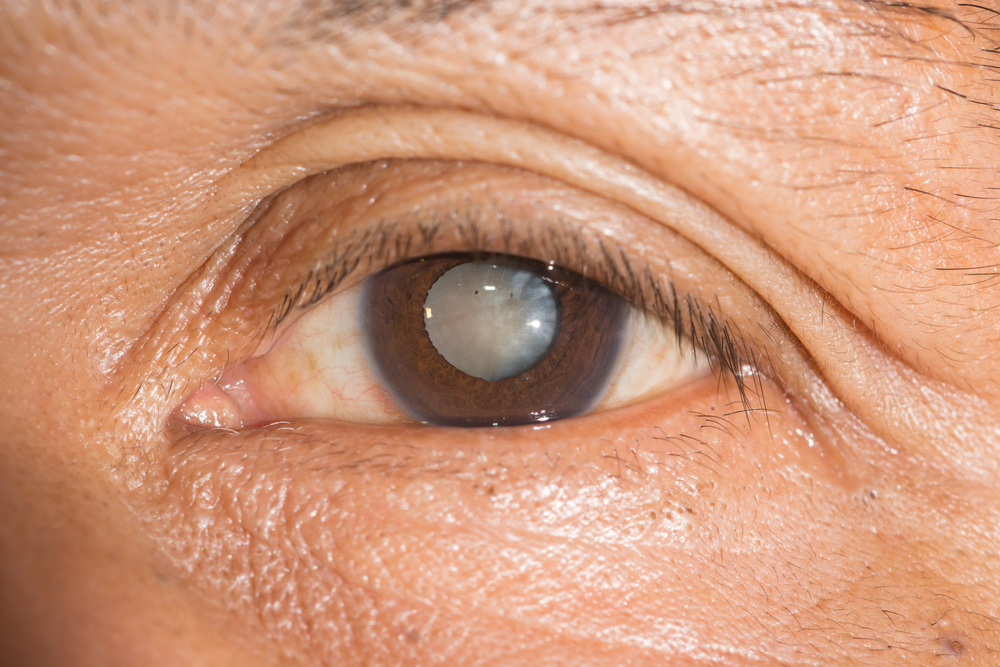Understanding Glaucoma: Early Detection and Management
Blog:Understanding Glaucoma: Early Detection and Management

Understanding Glaucoma: Early Detection and Management
Glaucoma is a complex eye condition that affects millions of people worldwide. It is a leading cause of irreversible vision loss if left untreated. Understanding glaucoma and taking proactive steps for early detection and effective management is crucial for preserving your eyesight.
What is Glaucoma?
Glaucoma is a group of eye disorders characterized by damage to the optic nerve, which is responsible for transmitting visual information from the eye to the brain. This damage is often caused by increased pressure within the eye, known as intraocular pressure (IOP). If left uncontrolled, this elevated pressure can lead to progressive vision loss and, ultimately, blindness.
Glaucoma can be classified into several different types, each with its own unique characteristics and treatment approaches. Some of the most common types of glaucoma include:
- Open-angle Glaucoma: This is the most common form of glaucoma, characterized by a gradual increase in IOP due to a blockage in the eye's drainage system. Treatment typically involves the use of eye drops, oral medications, or surgical interventions to improve fluid drainage and lower IOP.
- Angle-closure Glaucoma: In this type of glaucoma, the angle between the iris and the cornea becomes blocked, causing a sudden and severe increase in IOP. This is considered a medical emergency, and immediate treatment, often involving laser procedures or surgery, is necessary to prevent vision loss.
- Normal-tension Glaucoma: In this form of glaucoma, the optic nerve is damaged despite normal IOP levels. Treatment may involve medications, laser procedures, or surgery to lower IOP and protect the optic nerve.
Understanding the Causes of Glaucoma
The primary cause of glaucoma is the buildup of fluid within the eye, leading to increased IOP. This can occur due to a variety of factors, including:
- Blocked drainage system: The eye has a natural drainage system that allows fluid to flow out of the eye. In some individuals, this drainage system can become blocked, causing the fluid to build up and increase IOP.
- Overproduction of fluid: In some cases, the eye may produce too much fluid, leading to a rise in IOP.
- Genetic factors: Certain genetic variations can increase the risk of developing glaucoma, making it important for individuals with a family history of the condition to undergo regular eye examinations.
- Age: The risk of developing glaucoma increases with age, particularly after the age of 60.
- Underlying medical conditions: Conditions such as diabetes, high blood pressure, and certain types of eye injuries can also contribute to the development of glaucoma.
Common Symptoms of Glaucoma
Glaucoma is often referred to as the "silent thief of sight" because it can progress without noticeable symptoms in the early stages. However, as the condition advances, you may experience the following symptoms:
- Gradual loss of peripheral (side) vision
- Difficulty adjusting to changes in lighting, such as going from a bright room to a dim one
- Halos or rainbow-like patterns around lights
- Frequent headaches or eye pain
- Nausea or vomiting
It's important to note that not all types of glaucoma present the same symptoms, and some individuals may not experience any noticeable signs until the disease has progressed significantly.
The Importance of Early Detection through a Comprehensive Eye Exam
Early detection of glaucoma is crucial for effective management and preserving your vision. Regular comprehensive eye examinations, even if you are not experiencing any symptoms, are the best way to detect glaucoma in its early stages. During these exams, your optometrist will measure your IOP, assess the health of your optic nerve, and evaluate your peripheral vision.
By catching glaucoma early, your eye doctor can work with you to develop a personalized treatment plan and implement measures to slow the progression of the disease, reducing the risk of vision loss.
How an Optometrist Can Help with Glaucoma Management
If you have been diagnosed with glaucoma, an optometrist, or eye doctor, will play a crucial role in your treatment and management. They will work closely with you to determine the type and severity of your glaucoma, and prescribe appropriate medications to lower your IOP, and monitor your condition and adjust your treatment plan as needed. Regular follow-up appointments with your optometrist are essential for tracking the progression of your glaucoma and ensuring the effectiveness of your treatment plan.
Schedule Your Comprehensive Eye Exam with Texas State Optical Today
Glaucoma is a complex and potentially vision-threatening condition, but with early detection and proper management, you can take proactive steps to preserve your eyesight. Regular comprehensive eye examinations, even in the absence of symptoms, are crucial for identifying glaucoma in its early stages and implementing effective treatment strategies. By working closely with your optometrist, you can develop a personalized plan to manage your glaucoma, reduce the risk of vision loss, and maintain your quality of life.
Schedule a comprehensive eye exam with Texas State Optical to ensure the health of your eyes and take the first step towards effective glaucoma management. Visit our office in Humble, Texas, or call (281) 399-4275 to book an appointment today.


